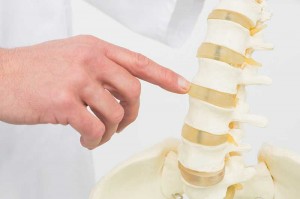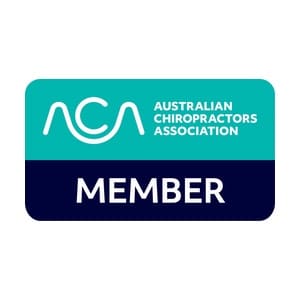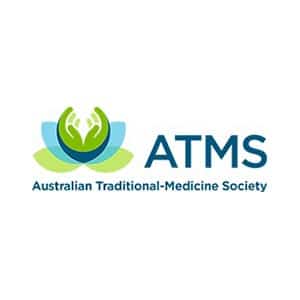The question is often asked, “What does a Chiropractor do?“, so we thought we would give you an insight into what to expect when you visit one of our Sydney chiropractic clinics.
So What Happens When I Come In?

With any musculoskeletal pain, there is a joint component and a muscular component. We at Back to Basics like to incorporate both muscular and joint therapy into our treatment. By using this approach, we find we are able to give effective treatment.
What Does A Chiropractor Do Exactly?
Whene you come into our clinic for a consultation, the chiropractor continually assesses you.
Once in the treatment room, we then ask you “So how is your body feeling?” and compare your answer to how we have already seen you move. We will then test your body a bit more thoroughly by getting you to perform certain movements in a physical examination. We then get even more information by palpating (touching) certain spots on your body to further isolate where the issue is.

So what do chiropractors do? A chiropractor’s job is to assess and address faulty biomechanics. It’s a job we are very good at!
What is an “Adjustment”?
Once a chiropractor has assessed your biomechanics and movement patterns and determined if you are suitable for treatment, the chiropractor then has to determine what type of treatment is suitable for you and also needed to correct your issue. Assuming you are in good health and have no underlying bone health issues (reduced bone density or certain types of arthritis for example), then part of your treatment will probably consist of a chiropractic adjustment. This is simply a specific joint mobilisation, often accompanied by a “crack” noise.
Why do Chiropractors “Crack” Joints?
Modern life creates a lot of physical stress on our bodies; we sit a lot more than we are designed for, in cars or public transport to get to work where we sit for 8-10 hours a day, often using computers that our bodies were not designed to use, then we get back in the car or public transport to come home and sit down to eat and watch television, then go to sleep in beds that usually don’t offer a lot of support. Any wonder our bodies are sore! Chiropractic adjustments address the stresses and issues that occur to our bodies. This is done through a number of different means.
What Type of Therapies do Chiropractors use?
Traditional chiropractic treatments consisted solely of spinal adjustments whereas modern chiropractors are taught a wide variety of therapies and techniques. In addition to assessing and treating the spine, we also assess and treat peripheral joints, such as shoulders, elbows, wrists, hips, knees and ankles.
When tailoring a specific treatment plan to suite your needs, our chiropractors may use a range of techniques in addition to joint adjustments and mobilisations including (but not limited to) stretching, strengthening, rehabilitation, electrotherapy modalities, nutritional support, specific muscular releases and traction.
By addressing musculoskeletal issues through a number of modalities, here at Back to Basics Chiropractic we are able to utilise a wide variety of therapeutic modalities to cater for individual your needs.
We really hope this information has helped to answer the question “What does a Chiropractor do in a visit?“, but if you need any further information, please don’t hesitate to contact one of our clinics in Sydney.





